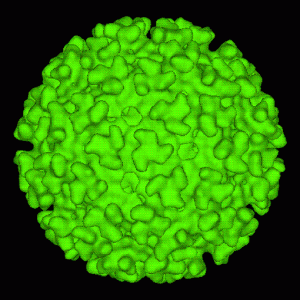Thirty Years of ISHI

In the fall of 1989, a small group of forensic scientists, law enforcement officials and representatives from Promega Corporation gathered in Madison, Wisconsin, for the very first International Symposium on Human Identification (ISHI). At the time, DNA typing was in its infancy and had not yet been validated as a forensic method. The available technology consisted of two methods: detection of restriction fragment length polymorphisms (RFLPs) and variable number of tandem repeats (VNTRs). Promega had developed products based on both analytical methods, which essentially provide a DNA “fingerprint” or profile for each individual tested.
Among the attendees at that first symposium was Tom Callaghan, then a graduate student. That experience made a significant impact on his career path. Last week, at ISHI 30, he presented a session on rapid DNA testing. Dr. Callaghan currently serves as a Senior Biometric Scientist for the FBI. In 1999, he was instrumental in launching the FBI’s Combined DNA Index System (CODIS) and in 2003, he became the first CODIS Unit Chief.
Continue reading “The 30th International Symposium on Human Identification: Elevating DNA Forensics”
